Summiting Tay Con Linh, rooftop of northeastern Vietnam
Tay Con Linh is situated along the Chay River mountain range. Straddling Hoang Su Phi and Vi Xuyen districts, its peak lies 46 km from Ha Giang Town, the eponymous province's capital. The mountain boasts an altitude of 2,428 m and is considered sacred by the La Chi ethnic community.
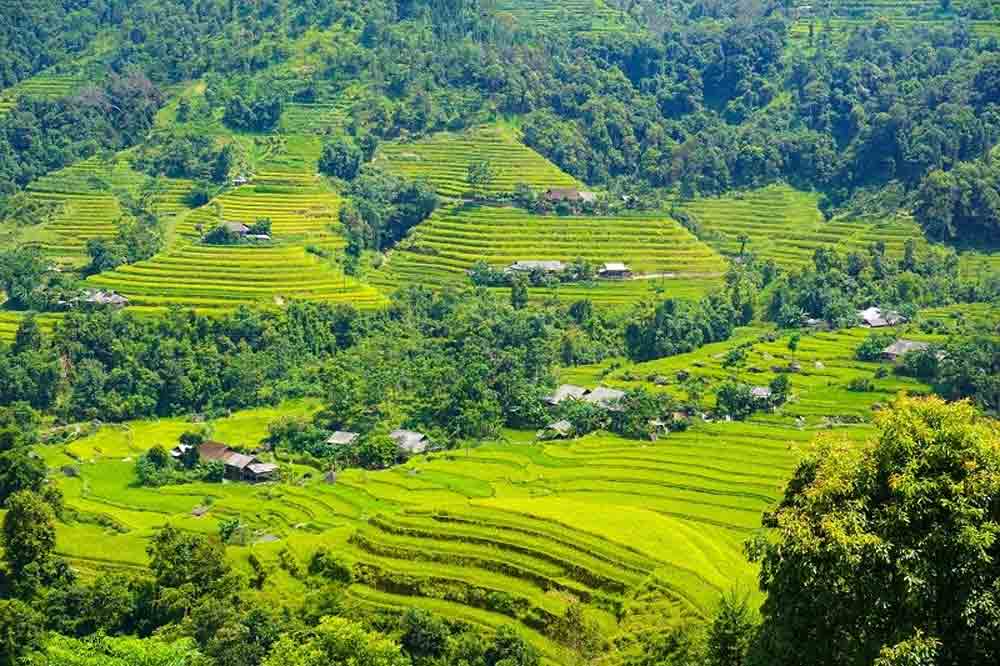 |
|
Terraced rice fields in Hoang Su Phi District, Ha Giang Province. |
My guide Trieu Menh Kinh is a native red Dao from Thong Nguyen Village. He has eight years of experience in community-based tourism, allowing him to skillfully shepherd any trekker across Ha Giang.
At 9 a.m on an early September morning, our crew departed Kinh’s home, following the cement road from Nam Hong Village to the mountain base. Since it was harvest season, we were blessed with a tranquil painting of golden rice terraces rising into the sky, blue crisscrossing streams, and peaceful Dao, Tay, and Nung homesteads.
The expedition started off on a rough note as we walked towards Nhung Village, with rocky and muddy paths soon replacing the smooth cement roads.
After lunch at Tung San Village, we continued our journey towards the mountain. The deeper we penetrated its surroundings, the more obstacles appeared, with bends becoming sharper and ever more twisting. I held my breath every time Kinh’s motorbike came a tad too close to the edge. We reached a H’mong lady’s home next to a bamboo forest, parked there, and commenced our ascent up Tay Con Linh.
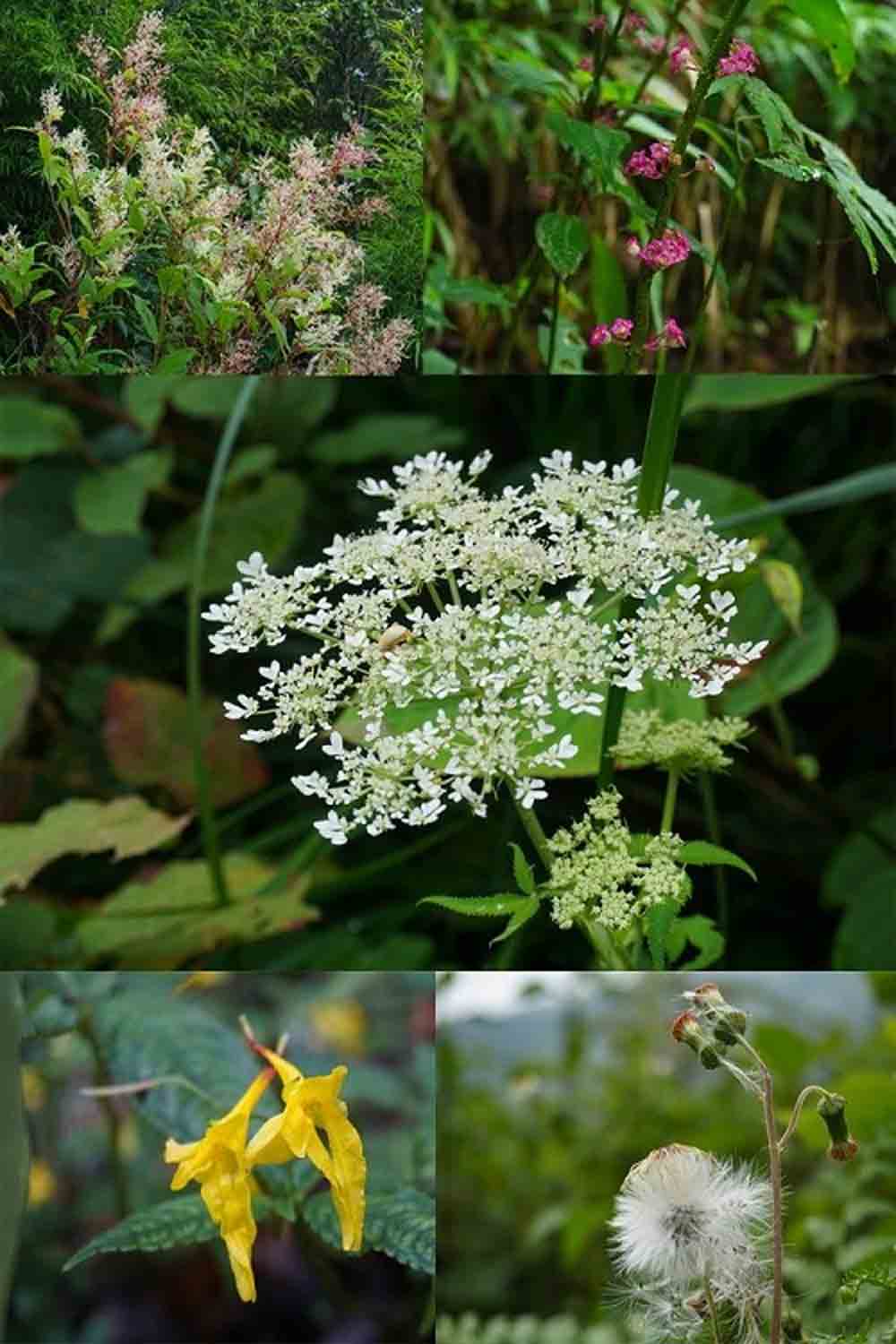 |
|
Wild flowers on the way to Tay Con Linh peak. |
The first steps were not the easiest, Kinh led us along a stream bordered by slippery rocks. The road did not appear to be traveled often as a thick blanket of moss enveloped the rocks. And since I went there during flood season, water torrentially gushed down from above.
After the stream appeared a verdant garden of lanxangia tsaoko, a ginger-like plant used medicinally and in cooking. The burgundy fruit was in season and gathered neatly at the root. The plants grew wildly and in every direction that even our guide had to make notes while we navigated the maze-like garden.
The more we ventured into the bushy expanse, the steeper the slope became. Centuries-old trees flanked our path to add a sense of enchantment to the forest.
Out of nowhere, a thick branch suddenly snapped off from a tree and landed on the ground, disturbing the eerie quiet of the woods. Chills ran through my spine as I quickly scanned the crew to confirm everyone was fine. To my relief, we made it safely through the dangerous passage.
Continuing our progress, we noticed rows of illegally axed Po Mu and Ngoc Am trunks lying nearby. Since their wood is precious, rare, and in constant demand, many sneak into the forest to profit from their riches. On our way, I also caught sight of bowls and plates left behind by those who had come before us. Their rusty color further emphasized the abandoned feel of the woods, as if neglected for eons.
At last, after a day's trek, we crossed a narrow bridge to reach a shanty at an altitude of 1,848 m. The structure was initially erected as a rest stop by H’Mong locals who frequently visited the forest. In time, Kinh had made a deal with its owners to provide accommodation for tourists, equipping the shanty with thick blankets, bowls, and cutlery.
At 5 p.m, the crew was completely drained following a long hard day of trekking. As one, we took advantage of the nearby stream to wash off our accumulated sweat and dirt. Though the water was glacially cold, I had little choice but to pour a bucketful over my head.
Passing an ancient tree, a crew member reported what seemed to be a poisonous snake whose head he saw peeked out of the trunk.
During the rainy season, snakes appear in greater abundance along the route, making the presence of an experienced guide even more vital. To avoid incident, three red Dao men set out to kill the snake, returning half an hour later carrying the burly black and white ophidian whose fangs had been ripped out. We did not want to kill animals in nature, but we had no choice to avoid danger.
That evening, we feasted on forest vegetables, frogs gathered near the river, and snake meat.
Warmed by the cozy fire, we sipped on traditional goat wine to celebrate the end of an eventful day.
The next morning, we woke up to the pleasant rustling sounds of the nearby stream and cheerful chirping of birds. I walked outside the shanty and was greeted by thick opaque fog, another day had started. We fueled ourselves with hearty bowls of noodles and rice before resuming the second day of our Tay Con Linh expedition.
At 7.30 a.m, the crew began its trek. Kinh told us the trip from our shanty to the summit would take two to three hours depending on our pace.
Our second day trek was enveloped in heavy fog. Surrounding us were oak trees blanketed in moss. The higher we reached, the rootier trees became, making it harder to walk and orient ourselves. For a brief instant, I thought I had entered another dimension.
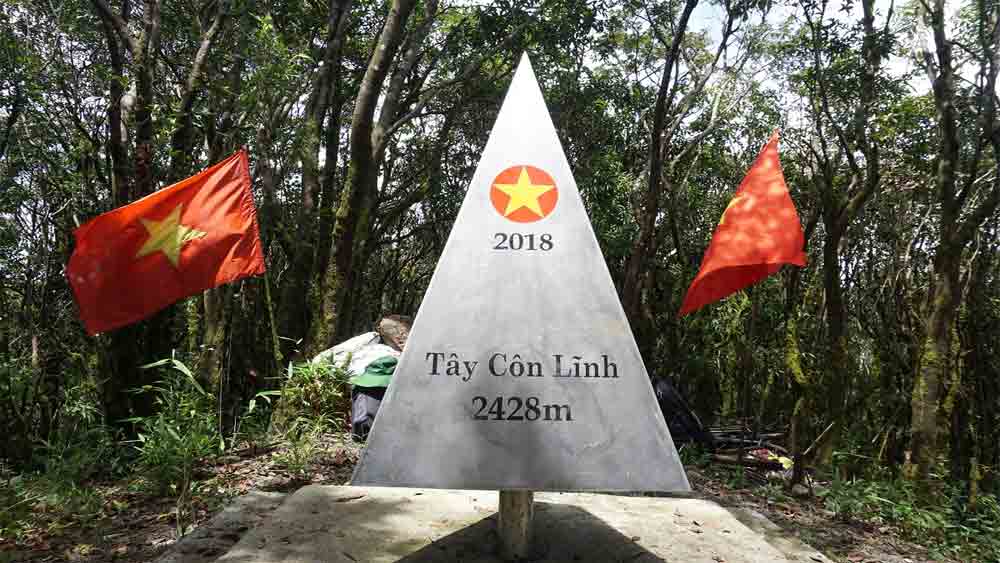 |
|
Tay Con Linh peak. |
From time to time, Kinh would hit out at snakes found along the way.
Blending in with ancient towering trees were centuries-old tea plants from which white blooms fell to cover the forest floor. Amongst the white flowers were ngoc cau, a rare species of burgundy mushrooms only found at an altitude upwards of 2,000 m. They are commonly used to brew medicinal wine beneficial for tendons and bones.
As we neared the top, both the temperature and air pressure dropped. I gasped for air and dragged my feet through the woody passages, feeling my energy drain by the second. Kinh informed the crew the altitude to be 2,400 m and that the summit was merely 28 m away.
Empowered by this encouraging news, the crew picked up its pace to finally reach the top of Tay Con Linh where we were met with a jaw-dropping summit view.
We ended our trip via another route descending from the top, pretty flowers of all shades proclaiming our victory.
Source: VnExpress
 Bắc Ninh
Bắc Ninh





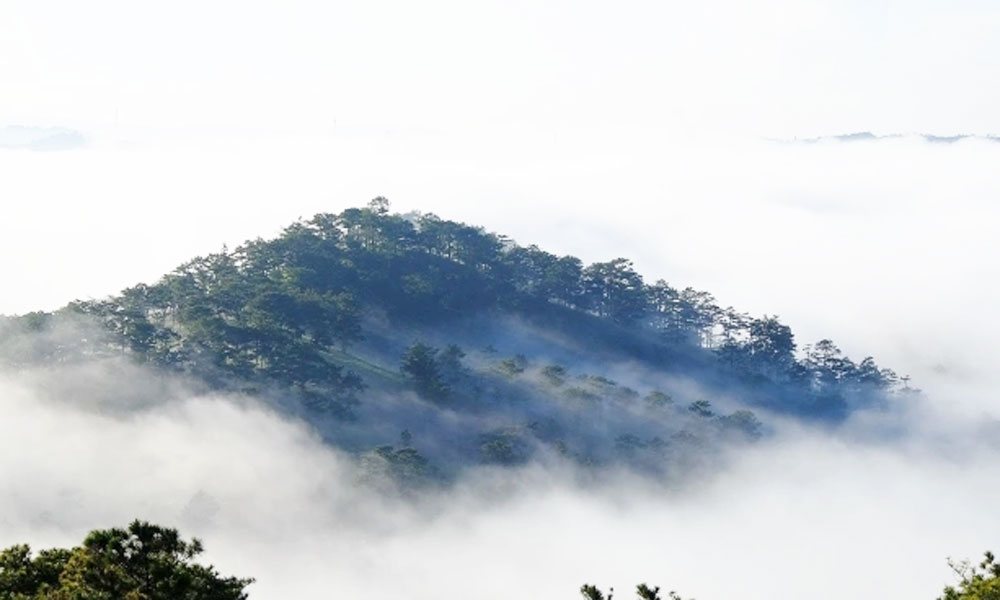
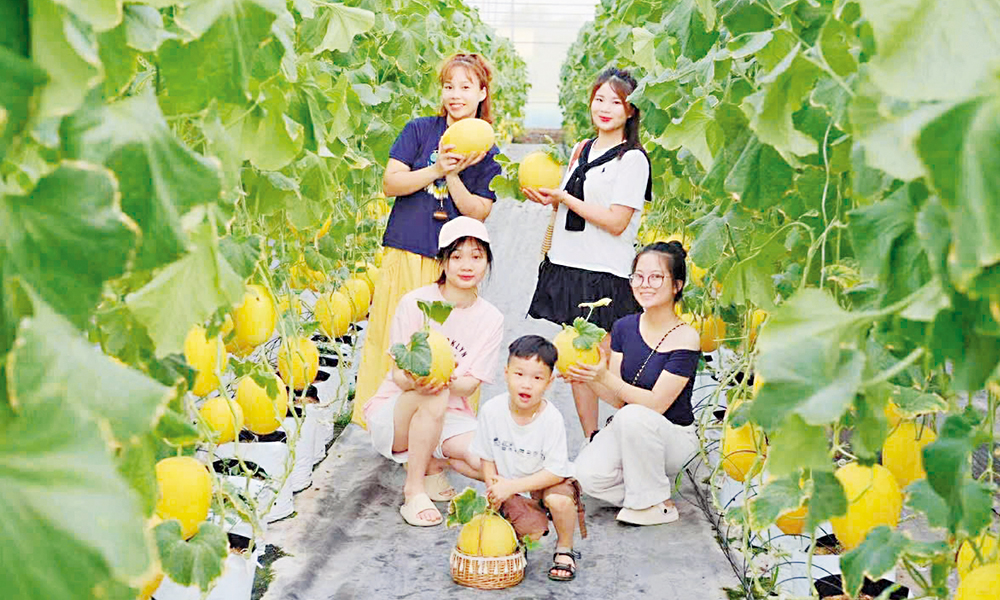

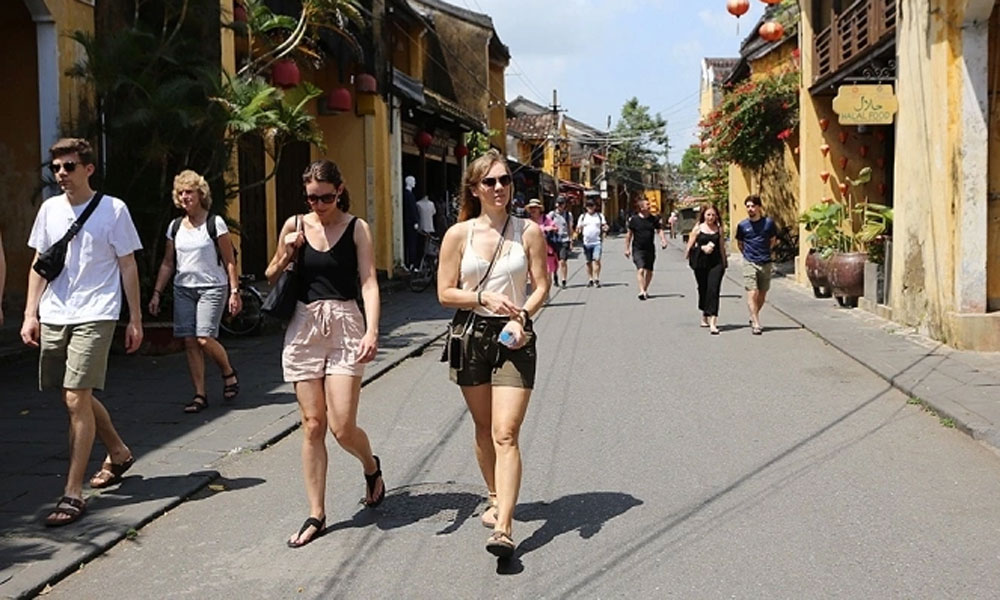
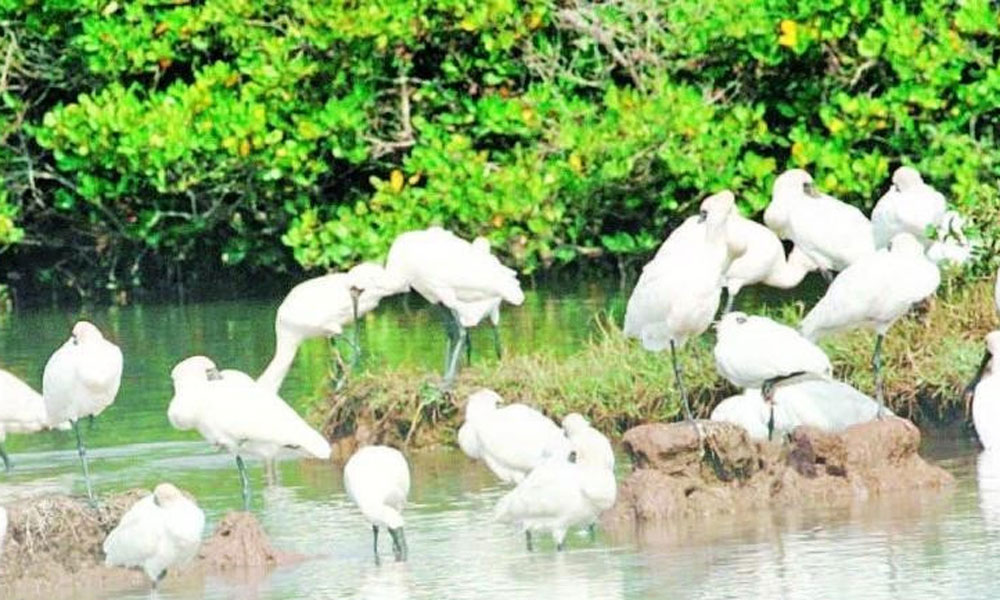
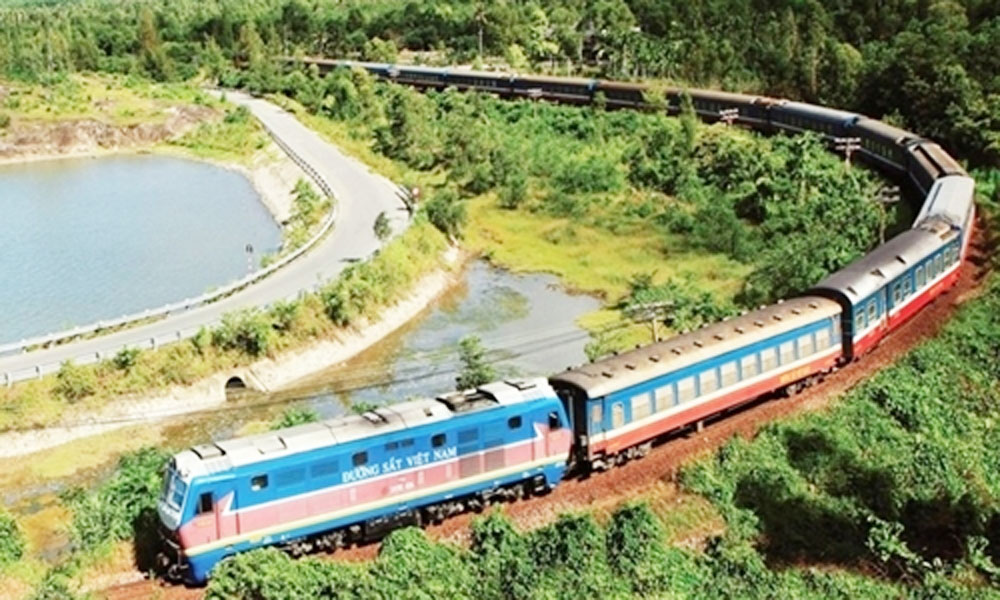

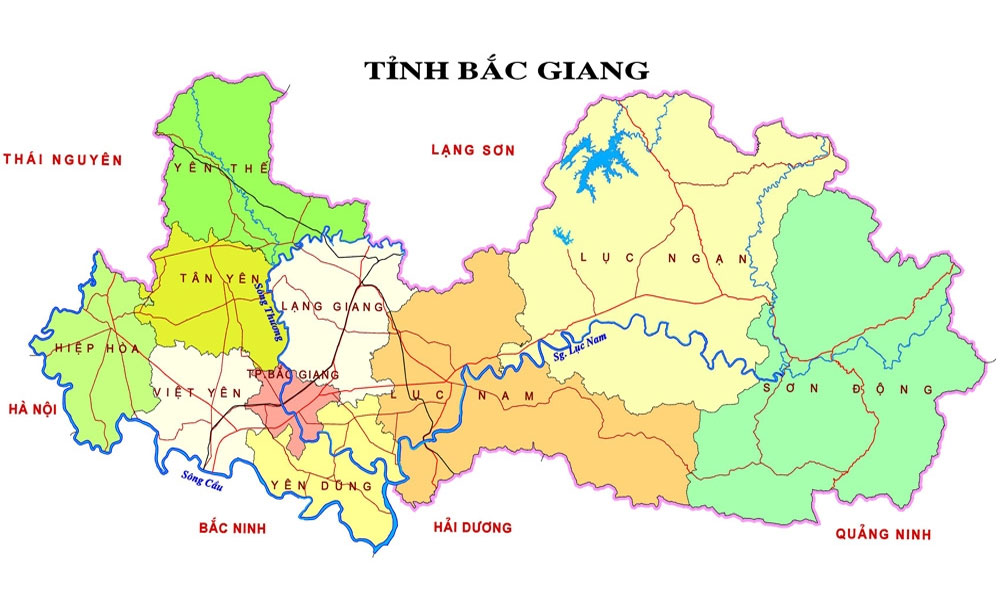


Reader's comments (0)